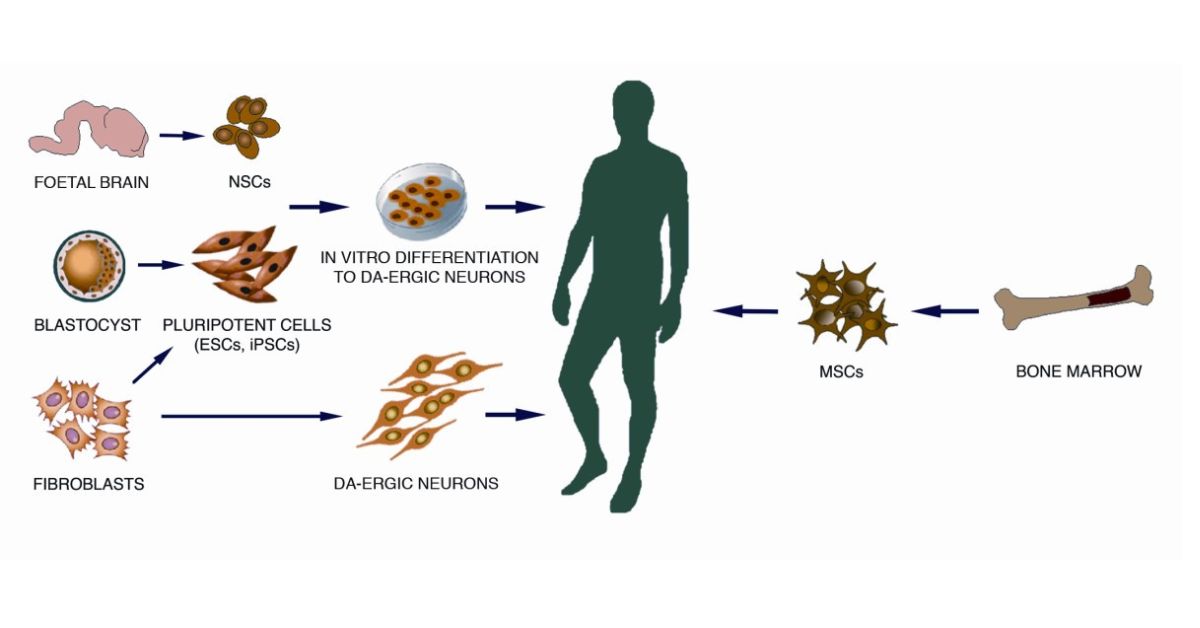The ground has been shaking in the Golden State once again, with several recent earthquakes rattling areas across California. From Malibu’s serene coastline to the suburban streets of Thousand Oaks and Ventura, seismic activity has reminded residents of the region’s unpredictable geology.
In this blog, we’ll break down the latest on these recent quakes, share insights from the United States Geological Survey (USGS), and explore how Californians can stay prepared in the face of nature’s surprises.
Recent Earthquake Reports
Earthquake in Thousand Oaks & Simi Valley
Early reports from the USGS indicate an earthquake with a magnitude of 4.2 struck near Thousand Oaks and Simi Valley late on [date], at [specific time]. Residents reported feeling moderate tremors that lasted for several seconds.
The epicenter was located at a depth of [specific depth], which contributed to the quake’s noticeable impact. While no major damage was immediately reported, aftershocks ranging from magnitudes 2.5–3.0 are expected in the coming days. These aftershocks can further unsettle already-stressed infrastructure and worry residents.
Malibu Earthquake: What We Know So Far
Malibu’s stunning coastline may be a picture-perfect landscape, but recent seismic activity showed it’s far from immune to earthquakes. On [date], Malibu experienced a 3.8 magnitude earthquake that reached surrounding areas, including Pacific Palisades and Topanga Canyon.
USGS data indicates that this quake occurred at a relatively shallow depth, amplifying its effects for people nearby. Minor structural damage and power outages were reported in some Malibu neighborhoods, but no injuries have been confirmed to date. Experts suggest this recent quake might be related to minor fault systems running along California’s coastal areas.
Earthquake in Ventura and Other Nearby Areas
The city of Ventura and its surrounding communities are no strangers to seismic activity, and this time was no different. A 4.0 magnitude earthquake struck the region as part of this week’s flurry of seismic events. Residents and businesses reported slight tremors, with some describing them as “rolling” rather than “jolting.”
Preliminary inspections revealed minor disruptions to infrastructure, such as cracks in building walls and roads. Local authorities have already dispatched teams to assess whether follow-up repairs are needed.
The earthquake’s ripple effects were felt in nearby towns, with Santa Barbara and Oxnard residents also reporting mild shaking.
Understanding Earthquakes in California
California’s vulnerability to earthquakes stems from its unique geological setting. Positioned atop the boundary of two massive tectonic plates—the Pacific Plate and the North American Plate—the state sees constant movements along several fault lines.
The Role of Fault Lines
The San Andreas Fault, one of the most infamous faults in the world, plays a significant role in the state’s seismic activity. Stretching more than 800 miles, it marks the grinding boundary between the two plates. This fault, along with others like the Hayward Fault and the Garlock Fault, creates frequent shifts underground that occasionally lead to earthquakes.
Why Some Earthquakes Happen Near the Coast
Coastal areas such as Malibu and Ventura also experience higher seismic activity due to underwater fault lines and tectonic pressure along the oceanic crust. These mechanisms work together to make California one of the most earthquake-prone areas globally.
USGS Earthquake Monitoring & Alerts
The United States Geological Survey (USGS) is at the forefront of tracking and understanding earthquake activity across the country. Using a network of seismic sensors, USGS monitors ground movements, providing real-time data to keep the public informed.
How to Access Real-Time Updates
Curious about the latest seismic events? USGS offers several free tools and platforms for tracking earthquakes, including its Earthquake Map, where you can see live updates about magnitude, location, and depth. For mobile convenience, consider downloading the USGS Earthquake App, which sends real-time alerts directly to your phone.
Being informed about seismic activity in your area can make all the difference when it comes to staying prepared.
Safety Measures During an Earthquake
Earthquakes may be inevitable in California, but injuries and damages don’t have to be. Following these practical safety tips can help keep you and your loved ones safe during seismic events.
During an Earthquake
- Drop, Cover, and Hold On
Get down on your hands and knees, take cover under sturdy furniture, and hold on until the shaking stops.
- Stay Indoors
Avoid running outside during an earthquake. Falling debris poses a greater danger outdoors.
- Stay Away From Windows
Move away from glass, mirrors, and objects that could fall or shatter.
After an Earthquake
- Check for Hazards
Inspect your surroundings for potential dangers such as gas leaks, exposed wires, or structural damage. Turn off utilities if necessary.
- Be Prepared for Aftershocks
Aftershocks often follow significant earthquakes. Stay vigilant and repeat safety measures if needed.
- Stay Tuned
Monitor updates from local authorities and the USGS for information on additional risks or recovery efforts.
Emergency Preparedness Tips for Californians
- Create an Emergency Kit
Your kit should include water, non-perishable food, flashlight, batteries, first-aid supplies, and essential documents.
- Secure Heavy Items
Use brackets or straps to anchor heavy furniture and appliances to walls.
- Develop a Family Plan
Establish a communication strategy in case of separation during an earthquake.
Stay Alert and Prepared
California’s recent earthquakes are yet another reminder of the unpredictable nature of the ground beneath us. While we cannot control seismic activity, we can control how prepared we are in its wake.
Stay informed by following trusted sources like the USGS for the latest updates. Take proactive steps to ensure your safety, whether it’s securing heavy furniture or compiling an emergency kit.
The more prepared we are, the safer we’ll be the next time the ground beneath us begins to shake.

Dominic O. McCoy is a passionate writer who loves crafting engaging and informative blogs on a wide range of topics. With a deep curiosity and a knack for storytelling, he explores everything from lifestyle and technology to business and home improvement. Whether breaking down complex ideas or sharing practical tips, McCoy aims to deliver valuable content that resonates with readers. When he’s not writing, he enjoys learning about new trends and expanding his knowledge to bring fresh perspectives to his work.





























































































